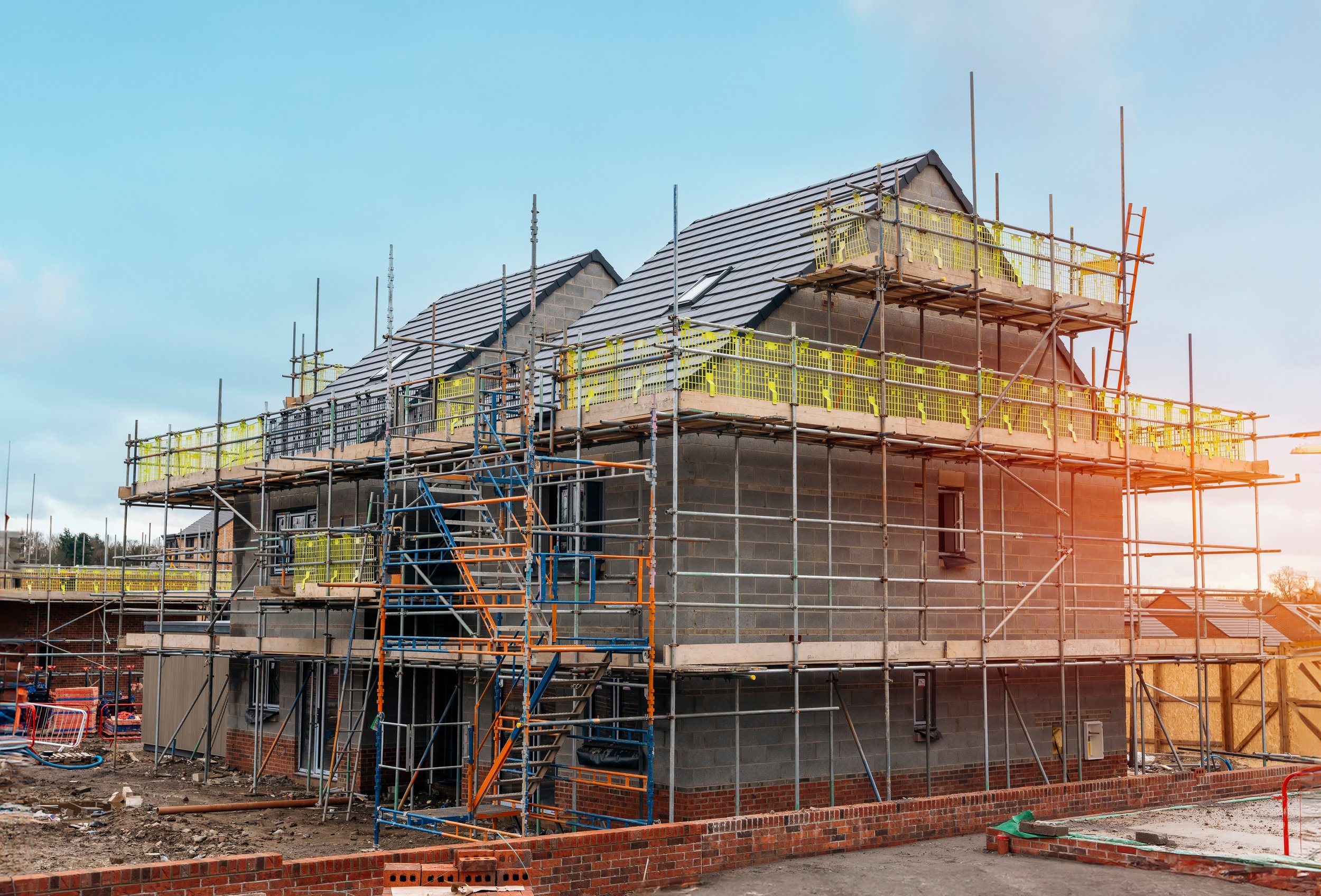
Do You Need Building Regulations for a New Roof?
A comprehensive guide determining whether you need building regulations for a new roof
When undertaking a new roof installation or significant roof alterations in the UK, it’s crucial to understand the role of building regulations.
These regulations are set to ensure the safety, energy efficiency, and overall quality of the construction. Here’s an in-depth guide on when and why you need to comply with building regulations for a new roof.
What Are Building Regulations?
Building regulations are a set of standards aimed at ensuring the health and safety of people in and around buildings. They also cover energy efficiency and accessibility standards. In the context of roofing, these regulations can affect the structural integrity, thermal performance, and ventilation of the roof.
When Do Building Regulations Apply?
As of 2024: Building regulations typically apply in the following scenarios:
New Roof Installation:
If you are installing a new roof on an extension or a completely new building, you must comply with building regulations. This ensures the roof is structurally sound, weather-resistant, and energy-efficient.
Roof Replacement:
When replacing more than 25% of the roof covering, building regulations come into play. This could include re-roofing works where the existing roof covering is being stripped off and replaced.
Structural Alterations:
If you are making structural changes to the roof, such as altering the roof’s pitch, adding dormer windows, or changing the roofing material, building regulations will be required. This ensures the alterations do not compromise the roof’s structural integrity.
Thermal Insulation:
Upgrading the thermal insulation of a roof also requires compliance with building regulations. The new insulation must meet the current energy efficiency standards to help reduce heat loss and energy consumption.
Loft Conversions:
If a loft conversion involves altering or replacing the roof, it must comply with building regulations. This ensures the new space is safe, well-ventilated, and energy-efficient.
Key Areas Covered by Building Regulations for Roofing
Structural Safety:
Ensuring the roof can support weight, including snow loads and any additional loads such as solar panels.
Stability against wind uplift and other forces.
Thermal Performance:
Ensuring the roof meets insulation standards to improve energy efficiency and reduce heat loss.
Weather Resistance:
Ensuring the roof is weatherproof and prevents water ingress.
Ventilation:
Adequate ventilation to prevent condensation and maintain a healthy living environment.
Fire Safety:
Ensuring the roof meets fire safety standards, particularly if the building is close to a boundary or another property.
Sound Insulation:
In some cases, roofs need to provide sound insulation, especially for properties in noisy areas.
The Process of Compliance
Planning and Design:
Work with a qualified architect or roofing specialist to ensure your plans meet building regulations.
Submission:
Submit your plans to your local Building Control Body (BCB) before starting work. This can be through the local authority or an approved inspector.
Inspection:
Building control officers will inspect the work at various stages to ensure compliance.
Certification:
Upon completion, you’ll receive a certificate confirming the work meets building regulations. This is important for future property sales or insurance claims.
Consequences of Non-Compliance
Failing to comply with building regulations can have serious consequences, including:
Enforcement Notices:
The local authority can issue enforcement notices requiring you to rectify non-compliant work.
Fines:
You could be fined if you do not comply with building regulations.
Issues with Property Sales:
Non-compliance can cause problems when selling your property, as potential buyers and their mortgage lenders will likely require proof of compliance.
Insurance Issues:
Non-compliant work may invalidate your home insurance, leaving you unprotected in the event of a problem.
Conclusion
Complying with building regulations for a new roof is essential to ensure the safety, energy efficiency, and overall quality of your property. Whether you are installing a new roof, replacing an old one, or making structural alterations, understanding and adhering to these regulations will provide peace of mind and protect your investment. Always consult with qualified professionals to navigate the process and ensure your roofing project meets all necessary standards.
Top Articles
► Planning Permission for a New Roof
► Building Regulations for a New Roof
► Does a New Roof Add Value to Your Home?
► Does Insurance Cover Roof Leaks?
Roofing Materials Explained
► Code 3 and Code 4 Lead Flashing
► Slates
► Best Materials for Flat Roofs
Roofing Components
► Roof Ventilation for Flat Roofs
► What are Soffits and Fascias?
► What is a Fibreglass Flat Roof?
Common Guides
►How Much Does a New Roof Cost
► How to Find a Leak in Your Roof
► Why is my Velux Window Leaking?
► Planning Permission Velux Windows
► How to Clean Roof Tiles Without Pressure Washer
► Removing Moss from Roof Tiles
